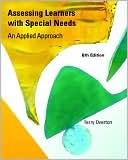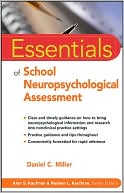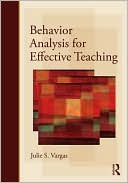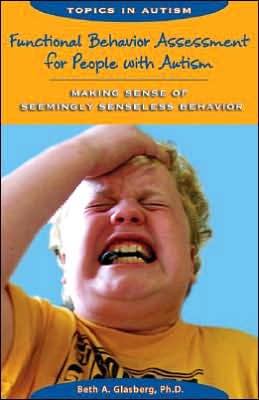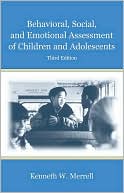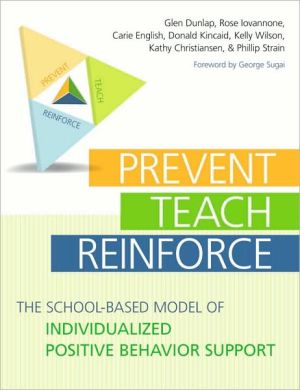Seeing Young Children: A Guide to Observing and Recording Behavior
This book uniquely blends the theoretical and practical aspects of observing and recording behavior, and begins with a discussion of the basic meaning of observation, and why it is so important to human functioning. The author discusses how to interpret observations, the implementation of findings, and ongoing evaluation to aid in comprehension. Actual observation exercises allow readers to test their skills along the way.\ \ \ Methods, behaviors, plans &...
Search in google:
Seeing Young Children is an extensive guide to observing and recording the behavior of children from birth, through age eight. General guidelines for observing children and how to interpret observations, the implementation of findings, and ongoing evaluation are included. Detailed discussions of nine recording techniques or instruments, and the advantages and disadvantages of each are covered. Observation exercises are found throughout to test skills. Specific by age group, each chapter provides readers with observation objectives, instructions as to procedure, and background information on many functional areas. Booknews In this time tested guide to observing the behavior of children from birth to age eight, Bentzen (State U. of New York at Plattsburgh) covers the practical and theoretical aspects of observing young children's behavior. He provides developmental principles and concepts and observation exercises in order to assist readers in the application of data. He also offers advice on the advantages and disadvantages of different recording techniques and how culture affects the observational process. Annotation c. Book News, Inc., Portland, OR (booknews.com)
PrefaceCh. 1Introduction1Ch. 2Overview of Developmental Theories15Ch. 3General Guidelines for Observing Children37Ch. 4Methods, Behaviors, Plans and Contexts69Ch. 5An Introduction to Observation and Recording Methods76Ch. 6Narrative Descriptions82Ch. 7Time Sampling88Ch. 8Event Sampling104Ch. 9Diary Description110Ch. 10Anecdotal Record114Ch. 11Frequency Counts or Duration Records118Ch. 12Checklists123Ch. 13Application: Recording Methods in Action132Ch. 14Interpretation of Observations, Implementation of Findings, and Ongoing Evaluation138Ch. 15Observing the Newborn: Birth to One Month151Ch. 16Observing the Infant: One to Twenty-Four Months177Ch. 17The Young Child: Ages Two through Five226Ch. 18The School-Age Years: The Six-Year-Old Child271Ch. 19The School-Age Years: The Seven and Eight-Year-Old Child309Appendix337Glossary354Bibliography363Annotated Bibliography368Index371
\ From the Publisher"The 6th edition continues to be solid in content regarding using systematic observation to understand and evaluate children's behavior and learning. I consider the included tables as the continued strength of the book. These tables describe milestones in child development in all domains. The tables are not only informative themselves, but they are very appropriate in the Overview part to fit the "guide" nature of the book." - Wenju Shen Ed.D, Valdosta State University, Georgia\ "I believe that the 6th edition has new material that will be helpful. When I teach this course for the spring semester 2007, I plan to implement the Florence case studies and the practical exercises. Further, the in-depth discussions on the observation methods are useful for focus point study with students when needed." - Beverlyn Cain, Ed.D, Elizabeth City State University, North Carolina\ "I really like the way that Bentzen has added more examples of observations within each chapter and how he has made more comparisons across methods in each chapter as well. I also like the addition of "Florence's thinking" throughout various chapters." - Tisha Bennett Sanders, Ed.D., Vanderbilt University, Tennessee\ \ \ \ \ \ BooknewsIn this time tested guide to observing the behavior of children from birth to age eight, Bentzen (State U. of New York at Plattsburgh) covers the practical and theoretical aspects of observing young children's behavior. He provides developmental principles and concepts and observation exercises in order to assist readers in the application of data. He also offers advice on the advantages and disadvantages of different recording techniques and how culture affects the observational process. Annotation c. Book News, Inc., Portland, OR (booknews.com)\ \

